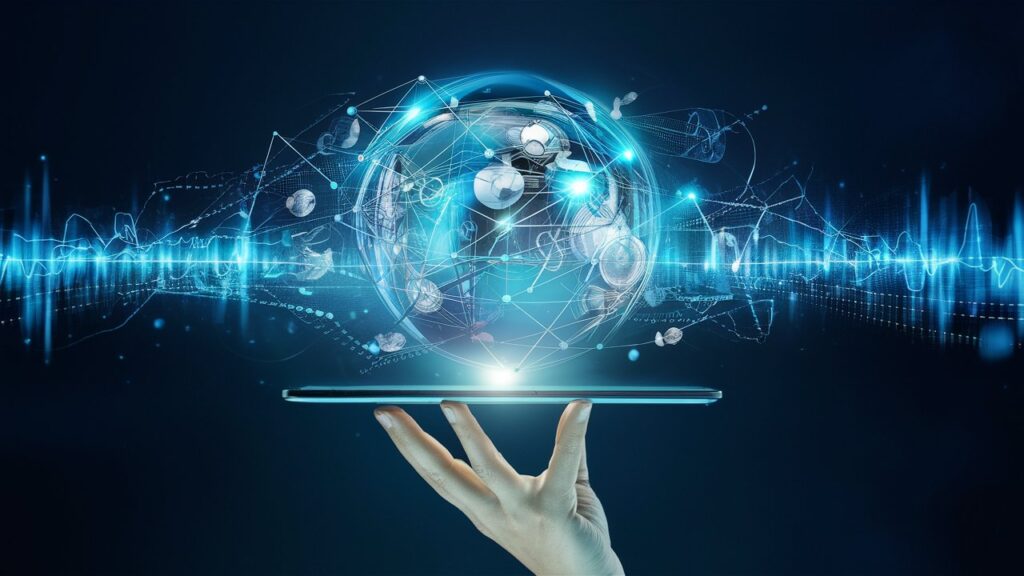
Connections are the threads that weave the fabric of our lives. From the digital links that enable our modern communication to the emotional bonds we share with others, connections shape our experiences and define our interactions. Understanding the diverse nature of connections can enhance our appreciation of their role in various aspects of life. This article delves into the multifaceted concept of connections, exploring its significance in relationships, technology, and beyond.
The Essence of Connections
Connections, at their core, represent the relationships between entities. These relationships can be physical, emotional, or logical. Connections are integral to our understanding and functioning, whether it’s the bond between family members, the link between two devices, or the logical association between ideas.
Social Connections
Social connections are fundamental to human existence. They encompass our relationships with friends, family, acquaintances, and professional contacts. Social connections provide support, companionship, and a sense of belonging. They are built through shared experiences, communication, and mutual understanding.

Friends and Family
The most intimate social connections are those we share with friends and family. These bonds are often lifelong and deeply rooted in shared history and unconditional support. Friends provide companionship and a sense of community, while family members offer stability and love. These connections are essential for emotional well-being and personal growth.
Professional Networking
Networking extends social connections into the professional realm. Building relationships with colleagues, mentors, and industry contacts can open doors to career opportunities, collaborations, and professional development. Effective networking involves maintaining relationships, offering mutual support, and leveraging connections for career advancement.

Interpersonal Connections
Interpersonal connections refer to the bonds between individuals based on shared experiences, values, and emotional resonance. These connections are crucial for developing empathy, understanding, and strong personal relationships. They can occur in various settings, including friendships, romantic relationships, and collaborations.
Technological Connections
In the digital age, technological connections are pivotal in our daily lives. These connections facilitate communication, information sharing, and access to resources. They include network connections, internet connections, and database connections.
Network Connections
Network connections link devices, computers, and systems, enabling data exchange and communication. They are the backbone of modern information technology, supporting everything from personal computing to global communications. Network connections can be wired or wireless, with each type offering different benefits and challenges.
Internet Connections
Internet connections provide access to the vast resources of the World Wide Web. They can be established through various means, such as Wi-Fi, Ethernet, or cellular networks. Reliable internet connections are essential for accessing information, conducting business, and staying connected with others.
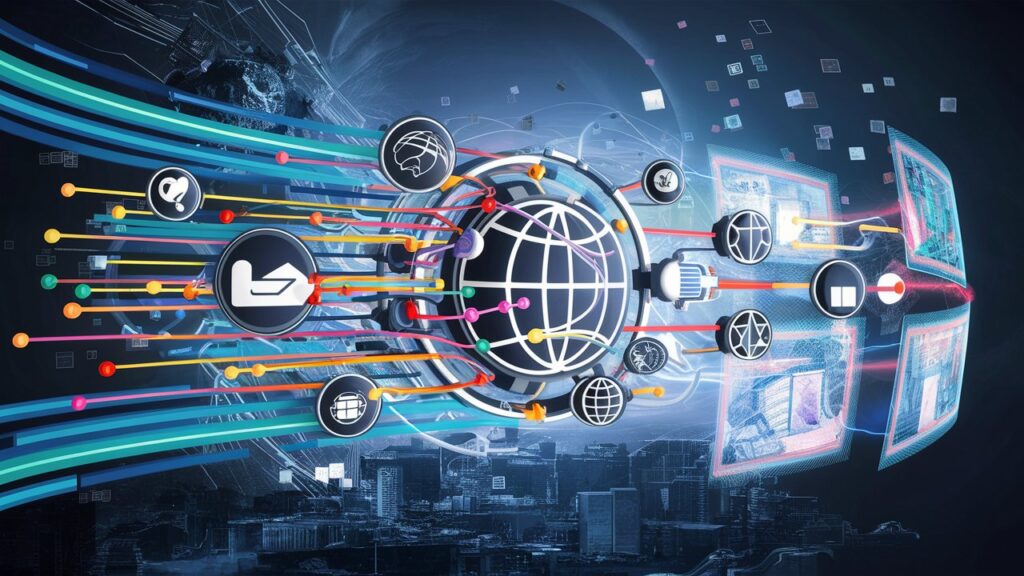
Database Connections
Database connections link different databases or data sources, allowing for seamless information retrieval and management. These connections are critical in fields like business, healthcare, and research, where accessing and analyzing large volumes of data is necessary.
Logical Connections
Logical connections refer to the relationships between ideas, concepts, or arguments. They are the foundation of coherent thinking, reasoning, and communication. Logical connections enable us to conclude, make inferences, and build knowledge.
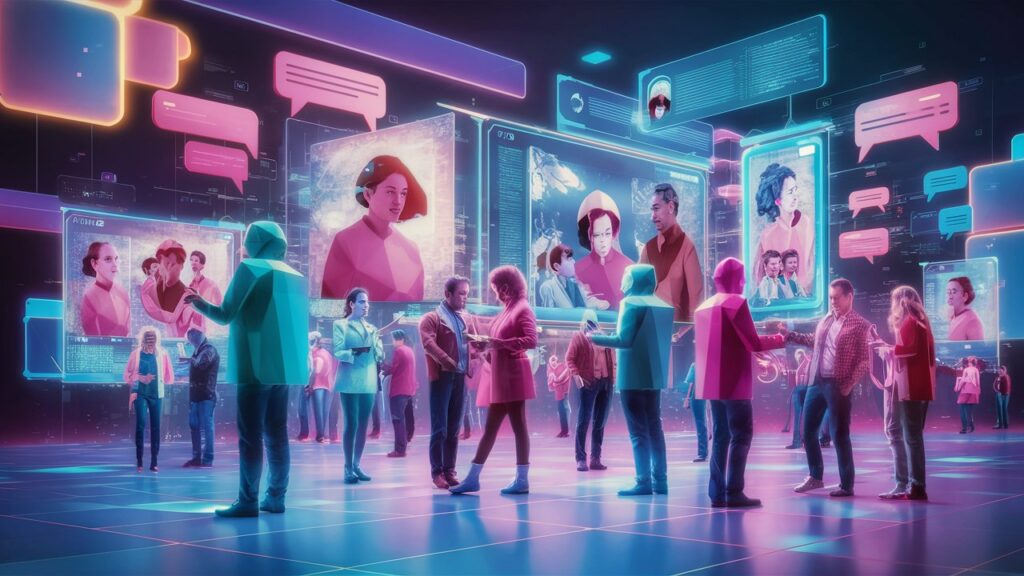
Electrical Connections
Electrical connections involve joining electrical components using wires or other conductors. They are fundamental to the functioning of electrical circuits, devices, and systems. Proper electrical connections ensure the efficient and safe operation of electronic equipment.
Transportation Connections
Transportation connections refer to the routes and junctions within transportation networks, such as roads, railways, and airports. These connections enable the movement of people and goods, facilitating trade, travel, and economic activity.
The Power of Connections in Communication
Communication relies heavily on various forms of connections. Whether it’s the spoken word, written text, or digital message, the effectiveness of communication depends on the quality and clarity of the connections involved. In face-to-face interactions, non-verbal cues and emotional connections play a significant role. In written and digital communication, the clarity of language and the efficiency of the transmission medium are crucial.
Emotional Connections in Communication
Emotional connections enhance the depth and impact of communication. When people feel emotionally connected, they are more likely to understand and empathize with each other. This connection fosters trust, reduces misunderstandings, and strengthens relationships.
Digital Communication
Connections facilitate instant and widespread communication in the digital realm. Email, social media, and messaging apps rely on robust network and internet connections to function effectively. These digital connections have revolutionized how we communicate, making it possible to stay in touch with people across the globe.
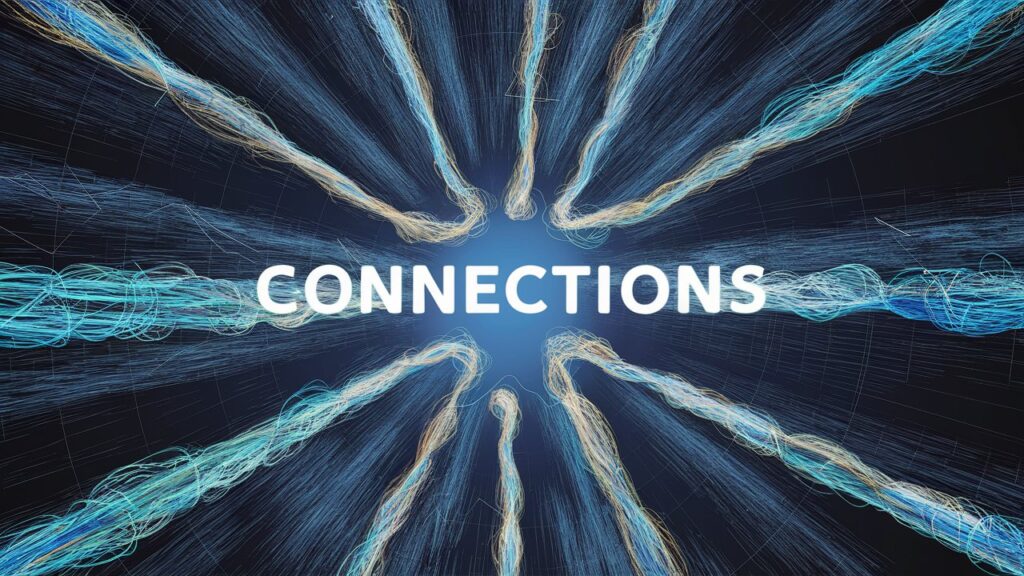
Connections in Problem-Solving
Connections are vital in problem-solving and critical thinking. Identifying connections between different pieces of information helps understand complex problems, generate solutions, and make informed decisions. This process involves recognizing patterns, drawing parallels, and integrating diverse knowledge areas.
Collaborative Problem-Solving
Collaborative problem-solving leverages the power of interpersonal connections. When individuals work together, they can combine their unique perspectives and expertise to tackle challenges more effectively. Strong connections within a team facilitate communication, coordination, and mutual support, leading to better outcomes.
Connections in Creativity and Innovation
Creativity and innovation often stem from making unexpected connections between seemingly unrelated ideas. This process, known as “combinatorial creativity,” involves drawing on diverse experiences and knowledge to generate novel solutions and concepts. Cultivating a wide range of connections can enhance creative thinking and innovation.
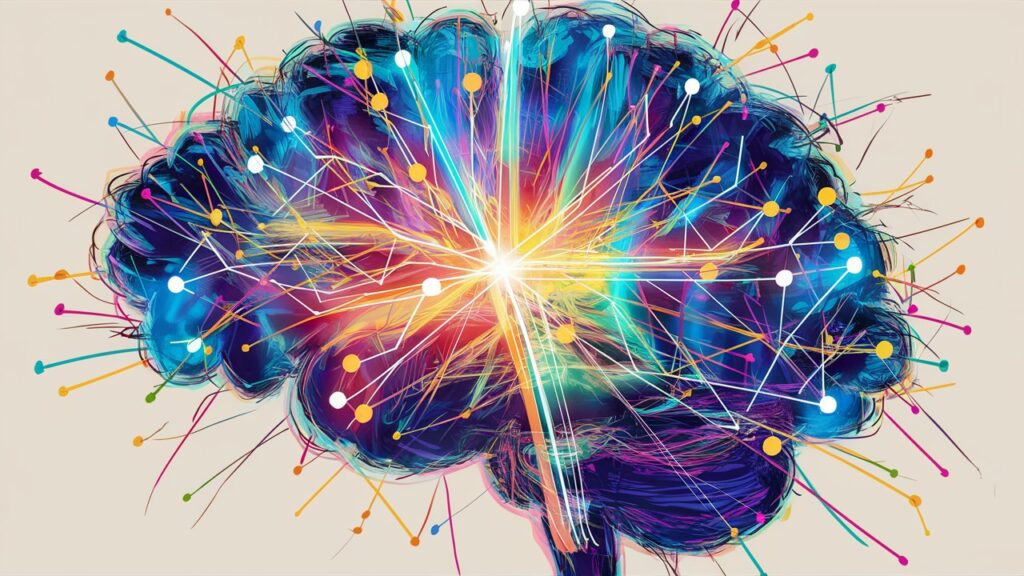
Interdisciplinary Connections
Interdisciplinary connections involve integrating knowledge and methods from different fields to address complex problems. By combining insights from various disciplines, these connections can lead to groundbreaking discoveries and innovations. Encouraging interdisciplinary connections fosters a holistic approach to problem-solving and creativity.
The Role of Connections in Learning
Connections are fundamental to learning and knowledge acquisition. Learning involves connecting new information with existing knowledge, forming associations, and building mental frameworks. Educational strategies emphasizing connections, such as hands-on learning and real-world applications, enhance understanding and retention.
Neural Connections
Neural connections, or synapses, are the basis of learning and memory. These connections strengthen through repeated use and experience, forming networks that enable cognitive functions. Understanding the role of neural connections can inform effective teaching methods and cognitive development strategies.

Social Learning
Social learning emphasizes the importance of connections in the learning process. Interaction with peers, mentors, and educators enhances knowledge acquisition through collaboration, discussion, and shared experiences. Social connections create a supportive learning environment and facilitate the exchange of ideas.
The Impact of Connections on Well-Being
Connections significantly influence mental and physical well-being. Social and emotional connections support, reduce stress and enhance life satisfaction. Strong connections contribute to a sense of belonging, purpose, and fulfilment.
Mental Health
Positive social connections are linked to better mental health outcomes. They provide emotional support, reduce feelings of loneliness, and increase resilience to stress. Maintaining healthy connections is crucial for overall mental well-being.

Physical Health
Connections also impact physical health. Strong social networks are associated with lower rates of chronic diseases, faster recovery from illness, and increased longevity. Connectors’ support and encouragement can motivate healthy behaviours and adherence to medical advice.
Cultivating and Maintaining Connections
Building and maintaining connections requires effort, communication, and mutual respect. In personal relationships, professional networks, or digital interactions, nurturing connections involves active engagement and a willingness to invest time and energy.
Building Connections
Building connections involves reaching out, finding common interests, and establishing trust. Effective communication, empathy, and shared experiences are critical to forming solid connections. Being open and approachable encourages others to connect with you.
Maintaining Connections
Maintaining connections requires ongoing effort. Regular communication, showing appreciation, and providing support help sustain relationships. Addressing conflicts and misunderstandings promptly prevents connection damage.
Also Read: Gimkit Home
The Future of Connections
As technology continues to evolve, the nature of connections will also change. Advances in communication technology, artificial intelligence, and data integration will create new ways to connect and interact. Understanding and adapting to these changes will be crucial in maintaining effective and meaningful connections in the future.

Digital Transformation
Digital transformation will continue to shape how we connect. Emerging technologies like 5G, the Internet of Things (IoT), and virtual reality will create more immersive and seamless connections. These innovations will enhance communication, collaboration, and access to information.
Ethical Considerations
As connections become increasingly digital, ethical considerations around privacy, security, and data usage will be paramount. Ensuring that connections are secure and used responsibly will protect individual rights and maintain trust.
Conclusion
Connections are the lifeblood of our social, professional, and technological worlds. They enrich our lives, drive innovation, and underpin our world understanding. By recognizing the importance of connections and actively cultivating them, we can enhance our personal and collective experiences. Whether through nurturing relationships, leveraging technology, or fostering creativity, the power of connections is limitless.